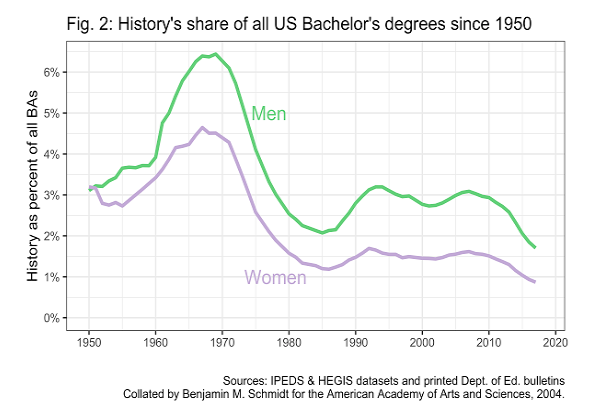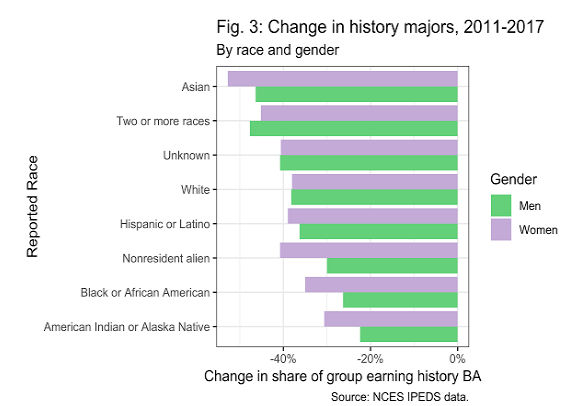Professor Amy Morsman, who teaches American women’s history, designed the “Votes…for Women?” exhibit currently on display at the Middlebury Museum of Art. The exhibit highlights the achievements and complexities of the women’s suffrage movement in 19th– and early 20th-century America, in commemoration of the 100th anniversary of the ratification of the 19th amendment next year. Professor Morsman shared her thoughts about the process of creating a museum exhibit and how it connects to her teaching.
What did you hope to achieve with this exhibit?
I aimed to help people understand that the arguments behind extending the vote to women were not obvious to many Americans, women as well as men. It was also important to me to expose the trouble within the movement, how people with good intentions can still be blind to other issues and can get in the way of justice and reform.
From the beginning, there was also a strong curricular aspect to the project. Richard Saunders, the director of the museum, suggested that I make the exhibit the focus of a first-year seminar, and so I did last fall. My brand-new students dove into the story of suffrage and identified the elements of this history that were interesting to them, and therefore potentially interesting to a viewing public.
So, what is the value of using a museum exhibit as a teaching tool?
I think it helps students feel like a part of something authentic. History research is important and can be meaningful for students in any assignment, but when they get the chance to actually have an impact on how the public understands something, then that will likely stick with them and deepen their learning experience.
What are the similarities and differences you’ve seen between designing a museum exhibit and teaching?
In my teaching, I find that questions are an effective way to inspire learning. Students will get curious about a question posed to them, and they’ll gravitate even more towards the materials that might help them understand that question. So instead of just telling people about the history of woman suffrage, I took the practice of asking questions and applied it to the exhibit. The title serves as a good example: Instead of using the statement, “Votes for Women!” I wanted people to stop and ponder it as a question, “Votes . . . for Women?” That question might challenge where museum visitors are coming from, and get them to realize at the outset that extending suffrage to the female half of the population was not a foregone conclusion or an easy process.
On the other hand, there is a layering that can happen with students who invest in the learning of a subject over time, whereas with the public, I really only have one shot to get something across to them. I can’t assume that the general audience knows anything about the subject, and so I have to try to provide grounding for them, while also raising important questions and highlighting key events in a concentrated space. It’s trying to go from 0-60 pretty quickly.
Finally, what is your favorite piece in the exhibit?
One of my favorite pieces is actually heard, not seen. It is a speech excerpt that a member of Oratory Now recorded for me last May. It’s one of four speeches to which people can listen in the exhibit. It captures not only generational divides, but also disagreements over inclusion and equity in the suffrage movement. Harriot Stanton Blatch argued in this speech that her mother, Elizabeth Cady Stanton, was wrong in thinking that only educated people should be able to vote. She made a good case for why working-class women needed the vote, and she elevated common sense over book learning in a citizen’s engagement with democracy. Harriot dressed down her famous mother kindly but firmly and in public! You don’t see that every day.

